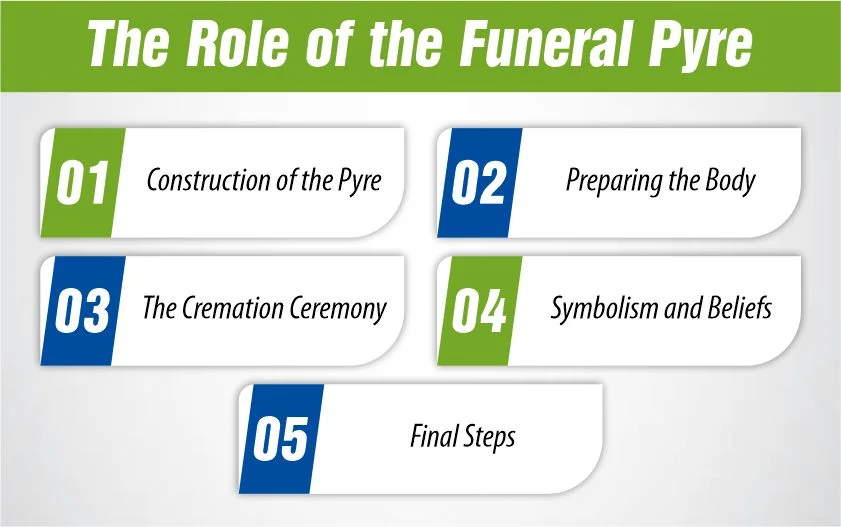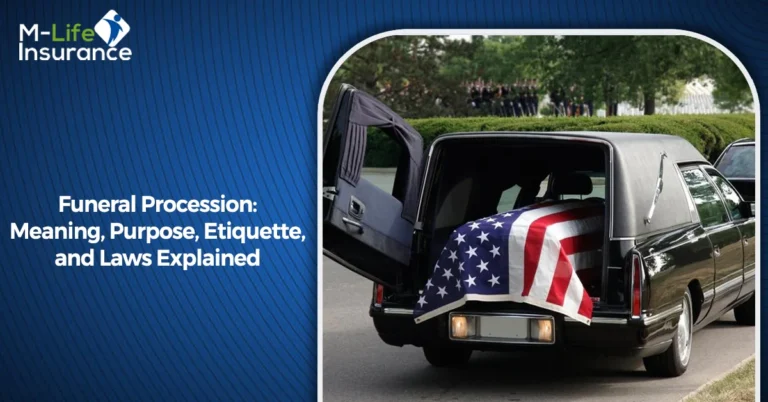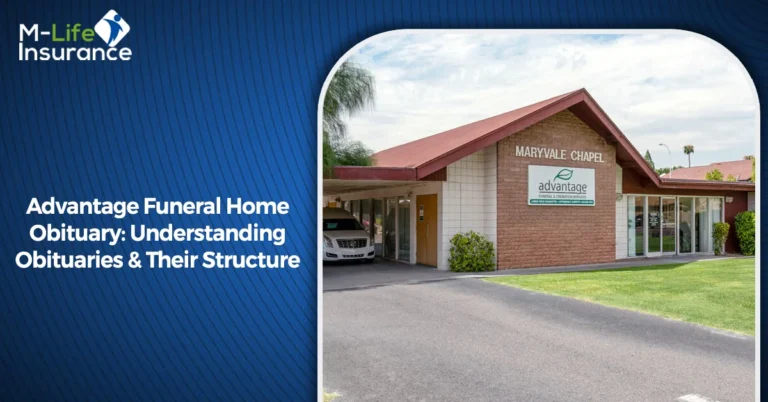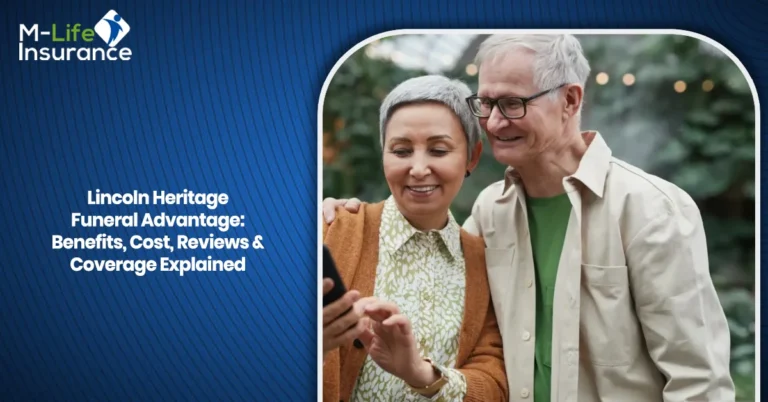Have you ever wondered how the Vikings honored their dead? Viking funeral pyres are legendary, covered in mystery and dignity. These ancient ceremonies were more than just farewells—they were grand events filled with rituals, symbolism, and deep cultural significance. Vikings believed that the way a person was buried could affect their journey to the afterlife.
From the dramatic ship burials to the intense flames of the cremation pyres, these funerals were a testament to the Viking way of life. In this blog, we will explore the fascinating world of Viking funeral pyres, uncovering their origins, practices, and the beliefs that fueled them.
Whether you’re a history buff or just curious about ancient traditions, this journey into Viking funerals will attract and enlighten you.
The Significance of Viking Funerals
Viking funerals were profound ceremonies, deeply rooted in their culture and beliefs. These events were not just about saying goodbye; they were about celebrating a life lived and ensuring a smooth passage to the afterlife. For the Vikings, the manner of burial held great significance. It was believed to impact the deceased’s journey to worlds like Valhalla or Fólkvangr, where they would join the gods.
Viking funerals were also communal events. They brought people together to honor the dead, share stories, and perform rituals. These gatherings strengthened community bonds and reinforced social structures. Each funeral reflected the individual’s status, achievements, and the esteem in which they were held.
The elaborate nature of Viking funerals, with their pyres, grave goods, and ceremonial ships, showcased the importance of the afterlife in Viking culture. It was a time to honor the dead and celebrate their contributions to the world.
Types of Viking Burials
Viking burials were as diverse as the people themselves, reflecting their social status, beliefs, and customs. Here are the main types of Viking burials:
1- Ship Burials
One of the most iconic forms of Viking burial was the ship burial. In this practice, the deceased was placed in a ship along with various grave goods such as weapons, jewelry, and sometimes even sacrificed animals or slaves. The ship was then buried under a mound or set ablaze, symbolizing the deceased’s journey to the afterlife. Ship burials were often reserved for high-status individuals, including chieftains and warriors.
2- Cremations
Cremation was a common method among Vikings. The body was placed on a funeral pyre and burned, a process believed to release the soul from the physical body. The ashes were then buried or scattered, often in a specially designated area. Cremation ceremonies were significant events, attended by family and community members who paid their respects as the flames consumed the pyre.
3- Mound Burials
Mound burials involved placing the deceased in a grave beneath a large mound of earth. These mounds, or barrows, served as lasting monuments to the dead. The size and complexity of the mound often indicated the individual’s social status. Mound burials were common for both cremated remains and inhumations (burials without cremation). Artifacts found in these mounds provide valuable insights into Viking life and death.
4- Chamber Burials
In chamber burials, the deceased was placed in a wooden chamber or room, often inside a mound. This type of burial was particularly elaborate, with the chamber resembling a small house complete with furniture and personal belongings. Chamber burials were typically reserved for elite individuals and were designed to reflect the status and wealth of the deceased.
 The Role of the Funeral Pyre
The Role of the Funeral Pyre
The funeral pyre was a crucial element in Viking cremation rituals. It served as both a practical and symbolic vessel, ensuring the deceased’s transition to the afterlife. Here’s a closer look at its construction, use, and significance:
Construction of the Pyre
Building a funeral pyre was a particular process. Vikings used dry wood, often stacked in layers to ensure a thorough burn. The pyre was constructed in an open area, far from living spaces to manage the fire safely. Sometimes, oils or animal fats were added to accelerate the burning process.
Preparing the Body
The body of the deceased was prepared with great care. Dressed in ceremonial clothes, the deceased was placed atop the pyre. Personal belongings, including weapons, tools, and ornaments, were arranged around the body. These items were intended to accompany the deceased into the afterlife, reflecting their status and life achievements.
The Cremation Ceremony
The cremation ceremony was an intense and significant event. Family and friends gathered around the pyre to pay their respects. A designated person, often a close relative or a community leader, would light the pyre. As the flames consumed the body, attendees might chant, recite prayers, or share memories of the deceased. The rising smoke symbolized the soul’s journey to the afterlife.
Symbolism and Beliefs
For the Vikings, fire was a powerful symbol of transformation and purification. The burning of the body was seen as a way to release the soul from its earthly confines, allowing it to travel to the afterlife. The flames were thought to cleanse the soul, preparing it for its next phase of existence. The smoke ascending to the sky represented the soul’s journey to join the gods or ancestors.
Final Steps
Once the fire had burned down, the ashes were collected. In some cases, they were buried in an urn or scattered in a significant location. This final act completed the funeral rites, ensuring that the deceased was honored and remembered appropriately.
The funeral pyre was more than just a method of disposal; it was a profound ritual that encapsulated Viking beliefs about life, death, and the afterlife. Through the pyre, the community celebrated the life of the deceased and reaffirmed their own cultural values and spiritual beliefs.
How Much Does Life Isurance Cost?
Benefits of the Viking Funeral Process
The Viking funeral process was more than a simple end-of-life ritual; it offered several significant benefits for the deceased and the community. Here are some of the key advantages:
1- Spiritual Release and Passage
The Vikings believed that the funeral process facilitated the soul’s journey to the afterlife. By using fire in cremations, they ensured the soul was purified and released from its earthly vessel. This purification was thought to aid the deceased in reaching a desirable afterlife destination.
2- Honor and Legacy
Viking funerals were grand ceremonies that honored the deceased. By showcasing their achievements and status through elaborate burials, the community paid respect to the individual’s life. This helped preserve the deceased’s legacy, ensuring they were remembered and celebrated for generations.
3- Community Bonding
Funeral ceremonies brought the community together. They provided an opportunity for collective mourning, remembrance, and support. This communal gathering strengthened social bonds and offered emotional relief to the left ones. Shared rituals and traditions reinforced cultural identity and unity among the Vikings.
4- Cultural Continuity
The elaborate nature of Viking funerals helped preserve cultural practices and beliefs. These ceremonies passed down traditions from one generation to the next, maintaining a sense of continuity. They also reinforced societal values, such as bravery, honor, and respect for the dead.
5- Symbolic Closure
For the living, the funeral process offered a form of closure. The rituals provided a structured way to say goodbye, helping the deceased family come to terms with their loss. The symbolic acts, such as lighting the pyre or scattering ashes, marked the end of the deceased’s earthly journey and the beginning of their spiritual one.
6- Display of Wealth and Status
Elaborate burials allowed families to display their wealth and status. The grave goods, ship burials, and mound sizes often reflected the social standing of the deceased. This honoured the individual and demonstrated the family’s prosperity and influence within the community.
7- Environmental and Practical Considerations
Cremation reduced the need for large burial grounds. This was practical in areas with limited space or harsh climates. The pyre’s ashes could be easily managed, scattered, or buried in a smaller plot, making it a sustainable option for the Viking society.
Is a Viking Funeral Pyre Legal?
The legality of Viking funeral pyres, which involve open-air cremation, varies depending on the country and region. In many parts of the world, including the United States, United Kingdom, and most European countries, open-air cremations are generally illegal due to health, safety, and environmental concerns. These places typically require cremations to be conducted in licensed facilities that can manage emissions and ensure proper handling of remains.
However, there are some exceptions. For example, in the United States, the town of Crestone in Colorado allows open-air cremations under specific conditions and regulations.
While traditional Viking funeral pyres may not be legally feasible in many areas, there are alternative ways to honor Viking traditions. These include Viking-themed ceremonies, modern cremations followed by ash scattering, or symbolic rituals that reflect Viking heritage. It’s essential to check local laws and regulations before planning any funeral arrangements.
The Bottom Line
Viking funeral pyres are a testament to the rich cultural heritage of the Norse people. These rituals were not only about death but also about honoring life and ensuring a safe journey to the afterlife. We continue to learn about and appreciate these ancient practices through historical accounts and archaeological findings. The legacy of Viking funeral pyres lives on, captivating our imagination and enriching our understanding of Viking culture.
Frequently Asked Questions (FAQs)
1- Are Viking funeral pyres still practiced today?
While traditional Viking funeral pyres are not commonly practiced due to legal and logistical challenges, there are modern interpretations of Viking funerals that incorporate elements of Norse traditions.
2- Did all Vikings receive elaborate funerals?
No, the extravagance of Viking funerals often depended on the individual’s social status, wealth, and achievements. High-status individuals such as chieftains and warriors were more likely to receive elaborate burials.
3- How were Viking funeral sites discovered by archaeologists?
Viking funeral sites are often discovered through archaeological excavations. These excavations may uncover burial mounds, ship remains, grave goods, or evidence of cremation pyres.
4- Were all Vikings cremated?
No, while cremation was a common practice among Vikings, not all individuals were cremated. Some were buried in mounds or chamber graves, while others were laid to rest in ship burials.
5- What is the significance of grave goods in Viking burials?
Grave goods were items buried with the deceased and were believed to accompany them to the afterlife. These goods often included weapons, jewelry, tools, and everyday objects, reflecting the individual’s status, occupation, and beliefs.
6- How did Vikings choose burial sites?
The selection of burial sites varied depending on factors such as local customs, landscape features, and social status. Ship burials, for example, were often located near the coast, while mound burials were placed in prominent locations within the landscape.
7- Were Viking funeral pyres legal in ancient times?
In ancient times, there were no standardized legal frameworks governing funeral practices like Viking funeral pyres. However, cultural norms, religious beliefs, and practical considerations likely influenced where and how these rituals were conducted.
References:
https://www.history.com/news/how-did-the-vikings-honor-their-dead
https://choicemutual.com/blog/viking-funeral-rituals/

Joyce Espinoza, Expert Life Insurance Agent
Joyce Espinoza is a trusted life insurance agent at mLifeInsurance.com. She’s been in the insurance industry for over ten years, helping people, especially those with special health conditions to find the right coverage. At MLife Insurance, Joyce writes easy-to-understand articles that help readers make smart choices about life insurance. Previously, she worked directly with clients at Mlife Insurance, advising nearly 3,000 of them on life insurance options.

 The Role of the Funeral Pyre
The Role of the Funeral Pyre


